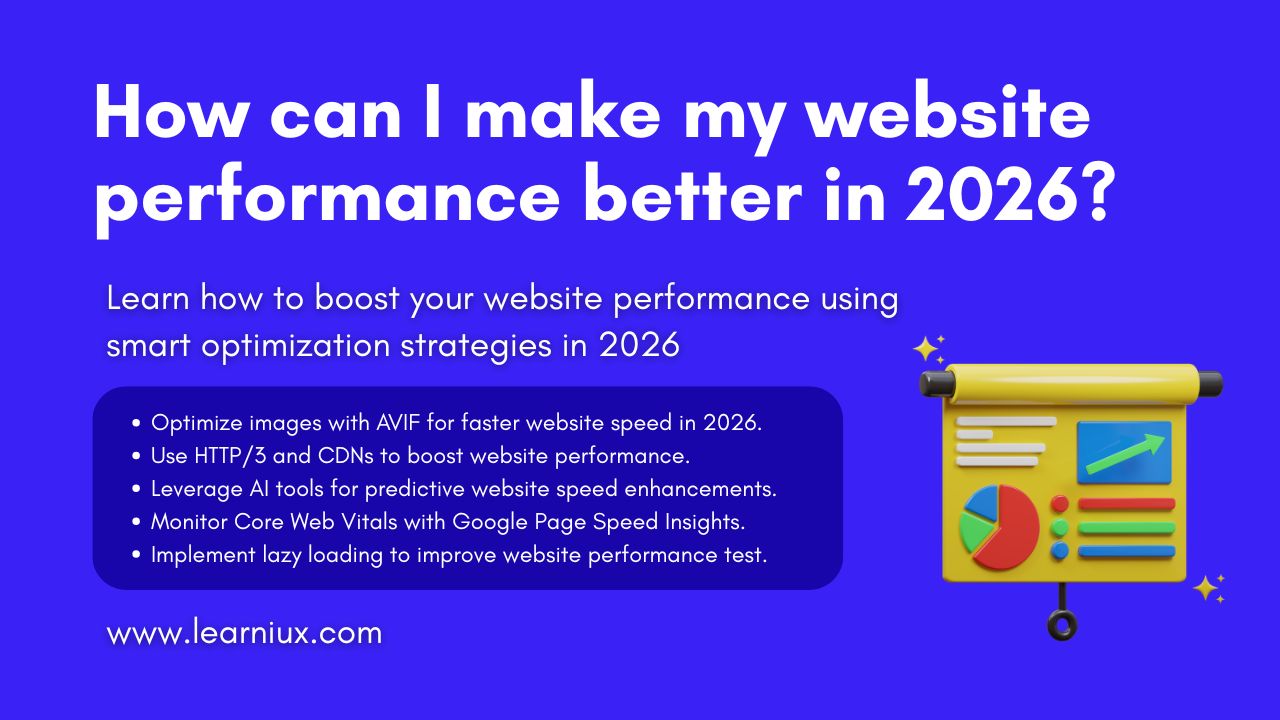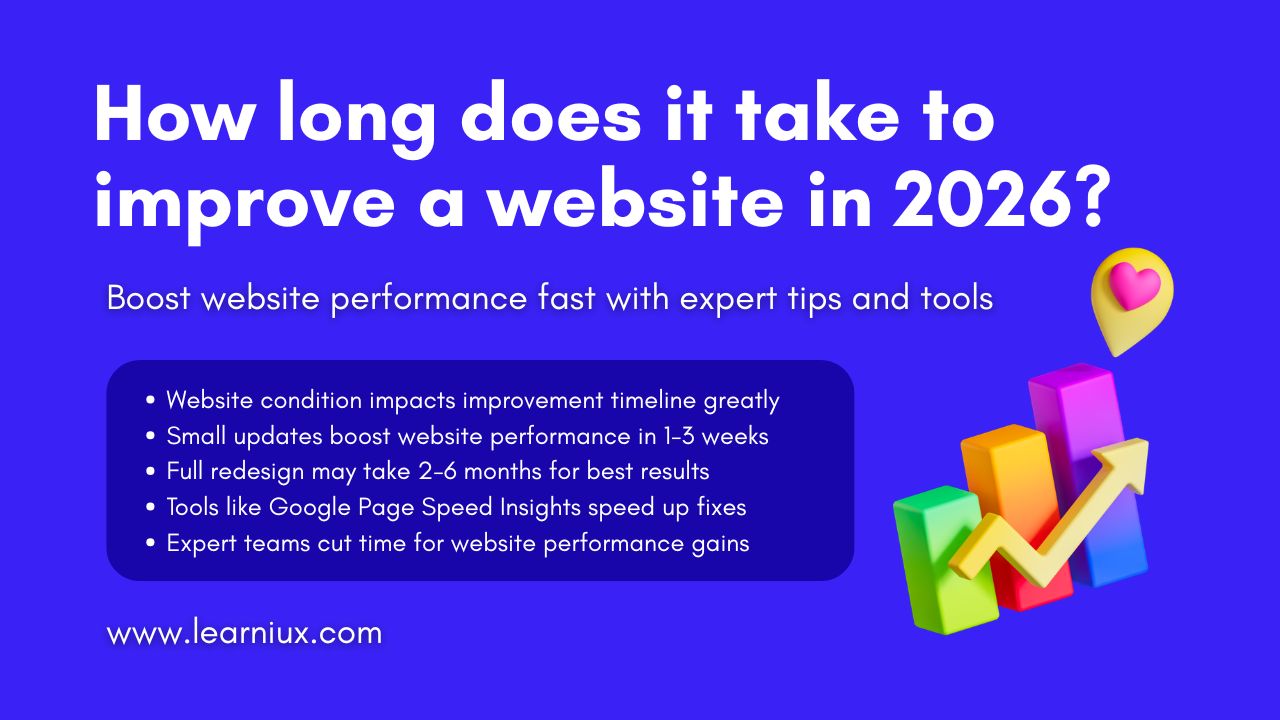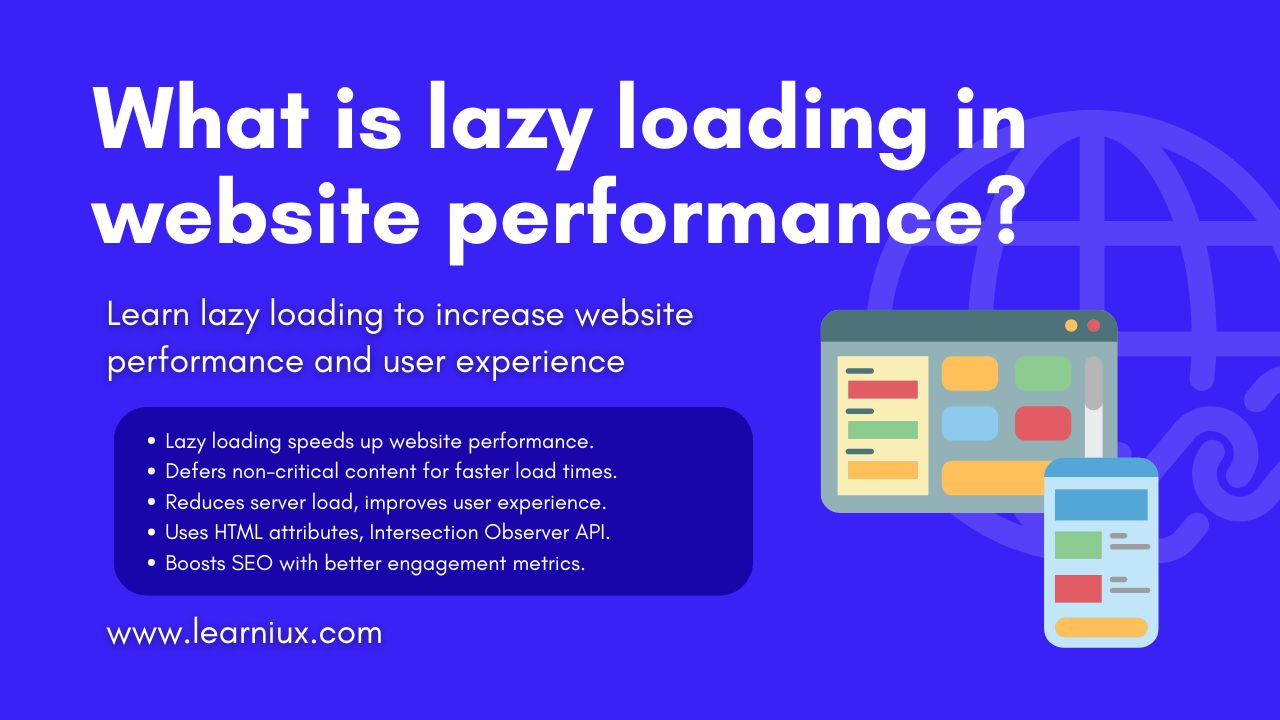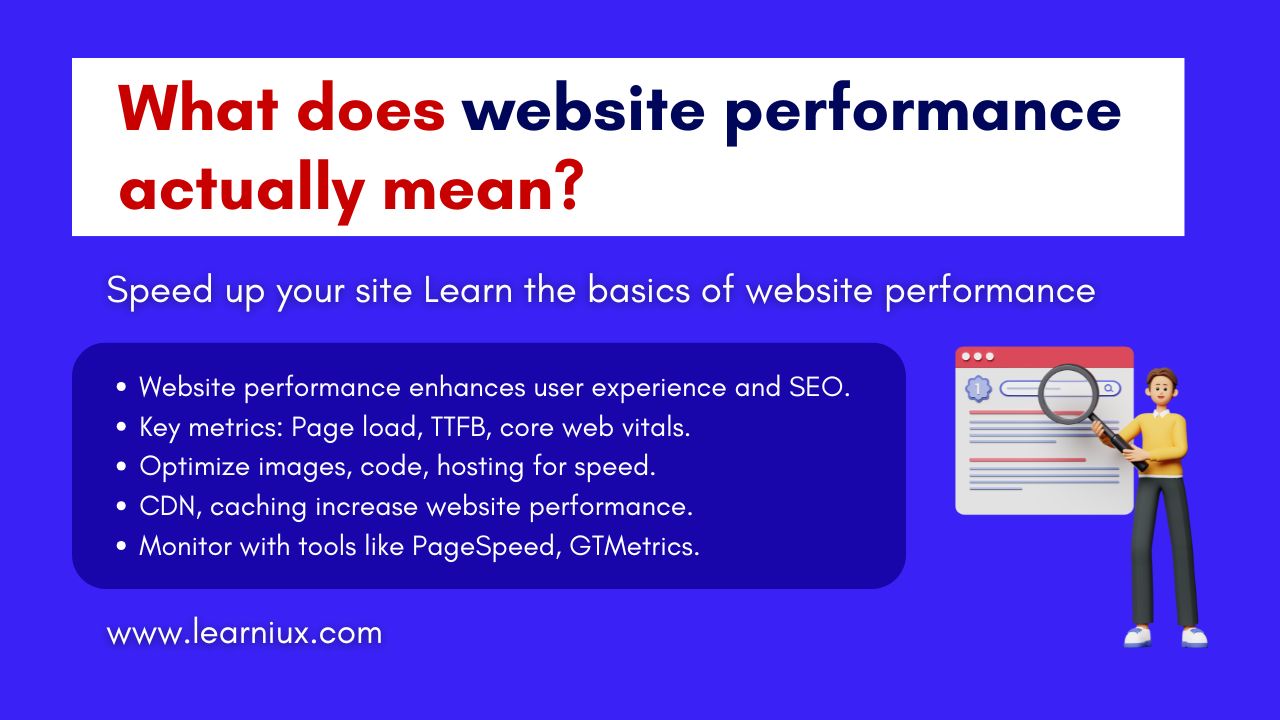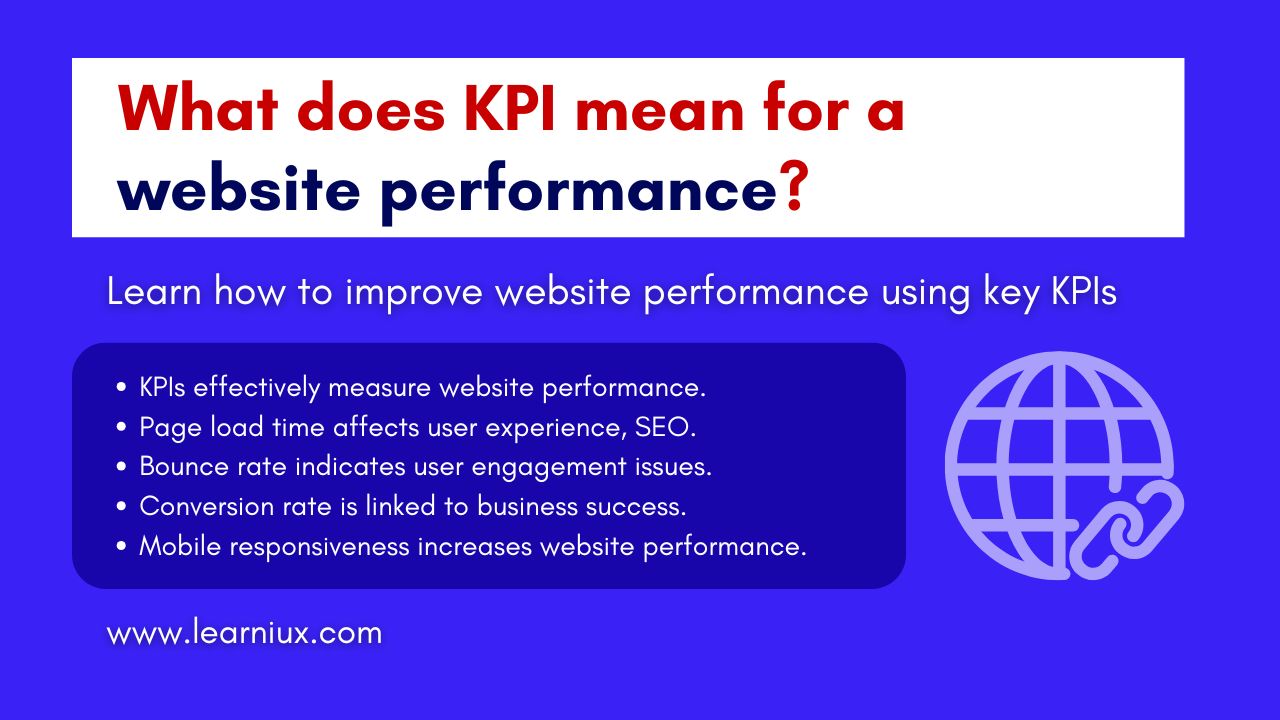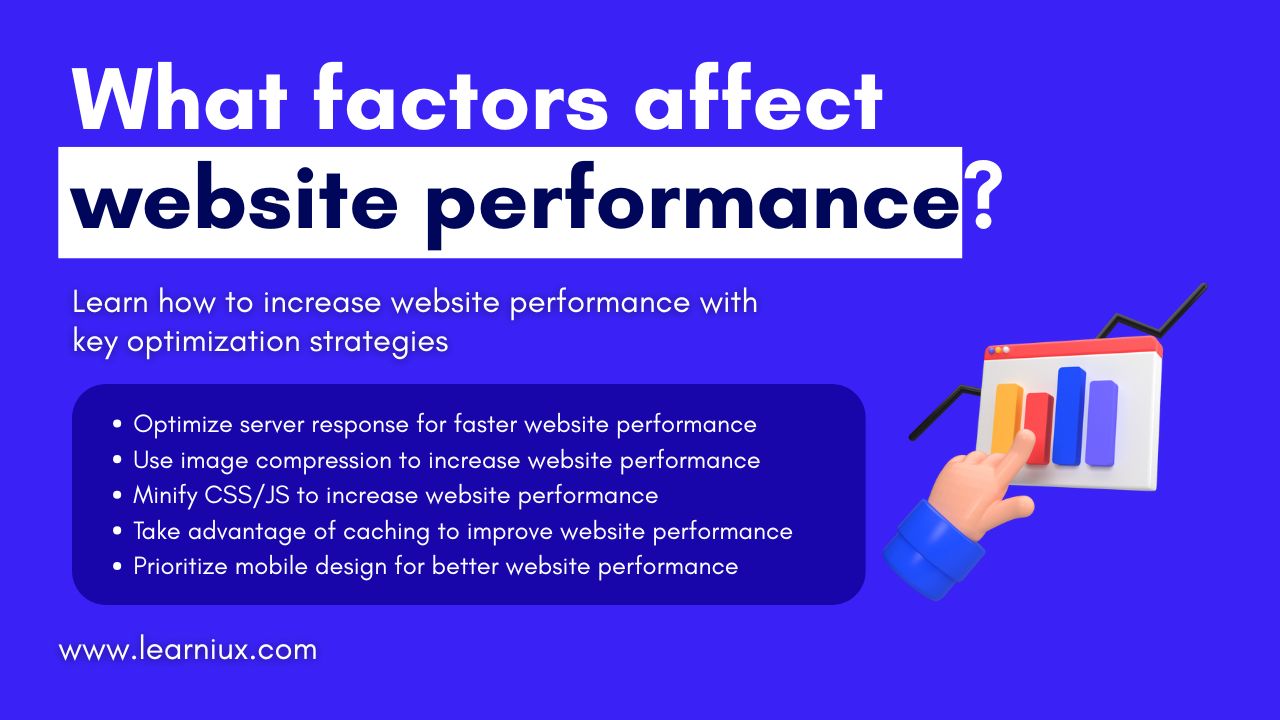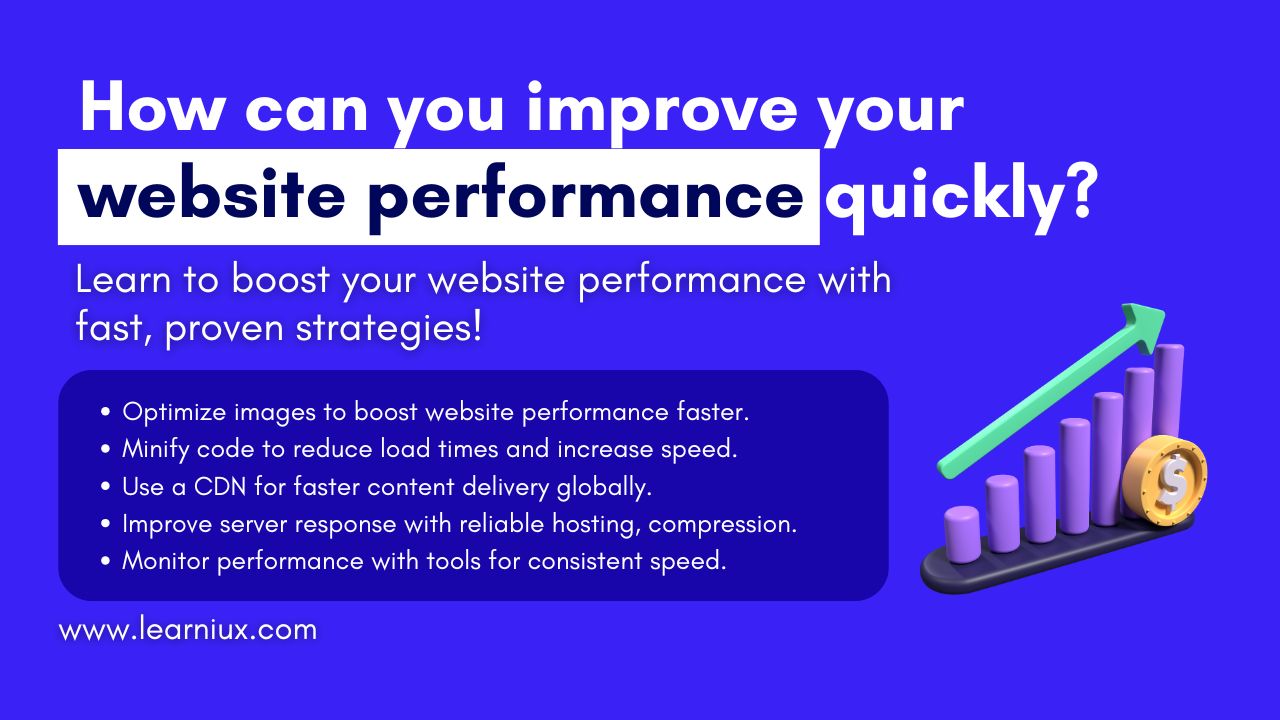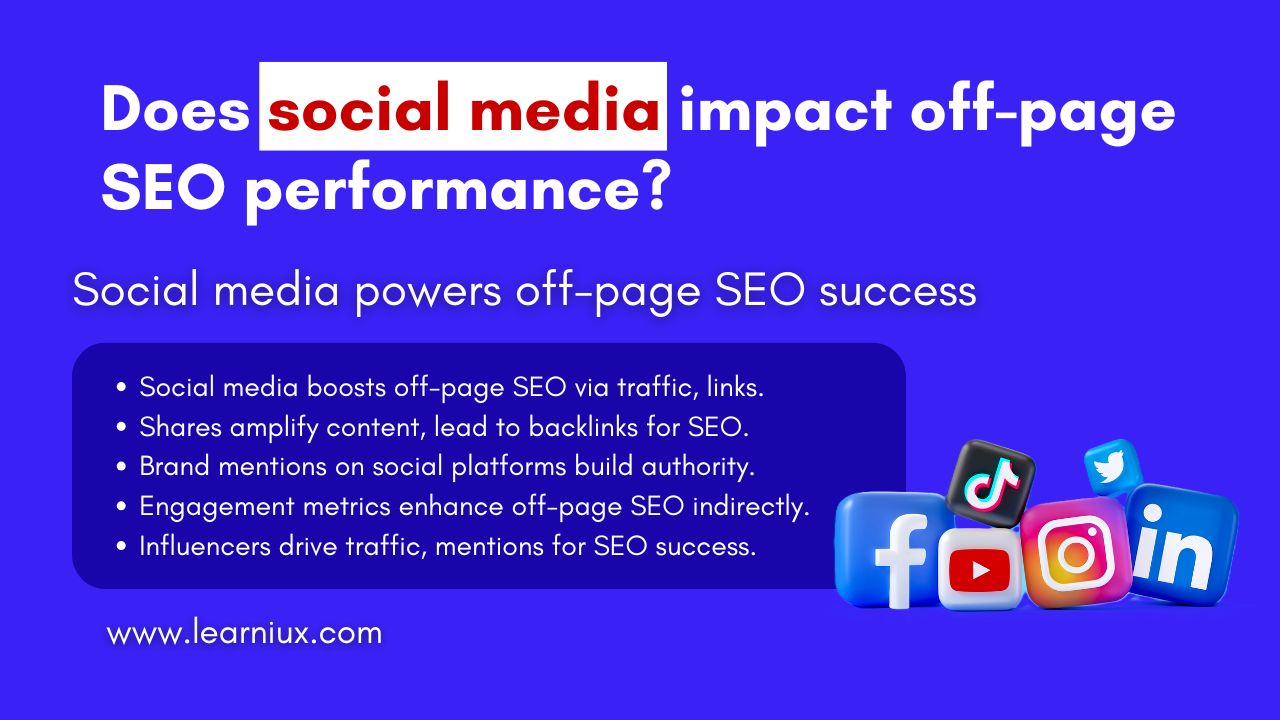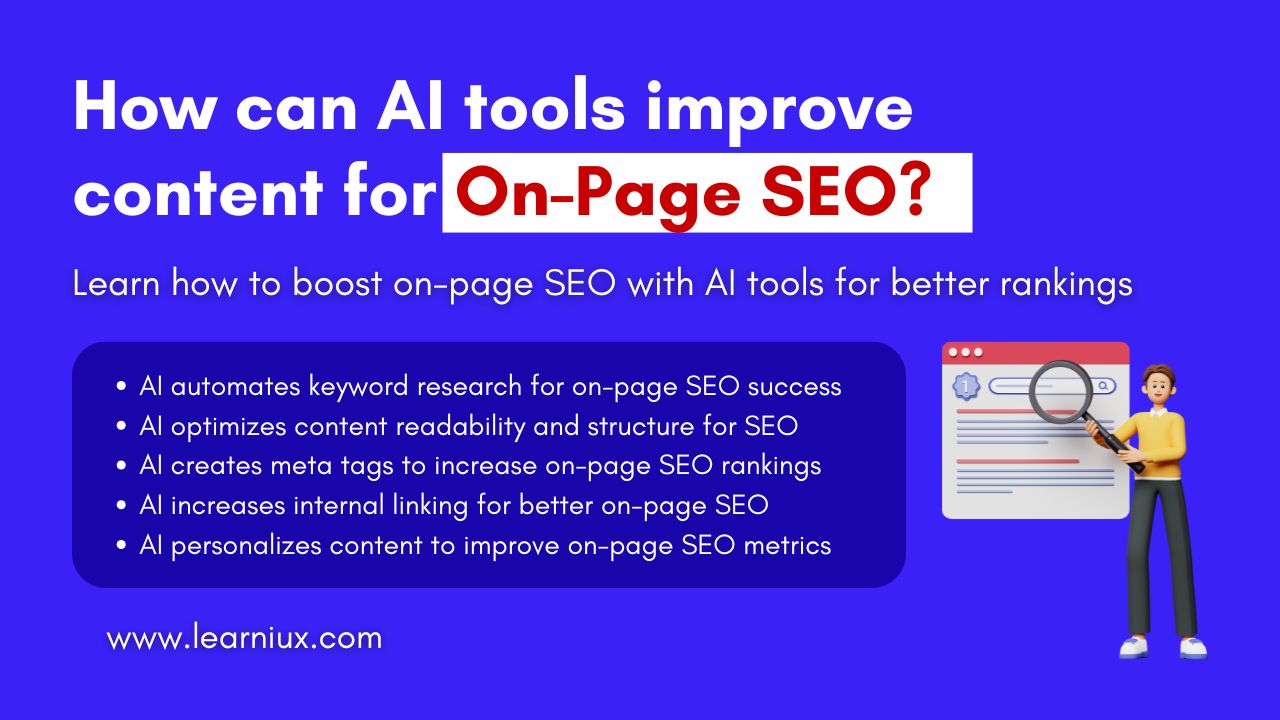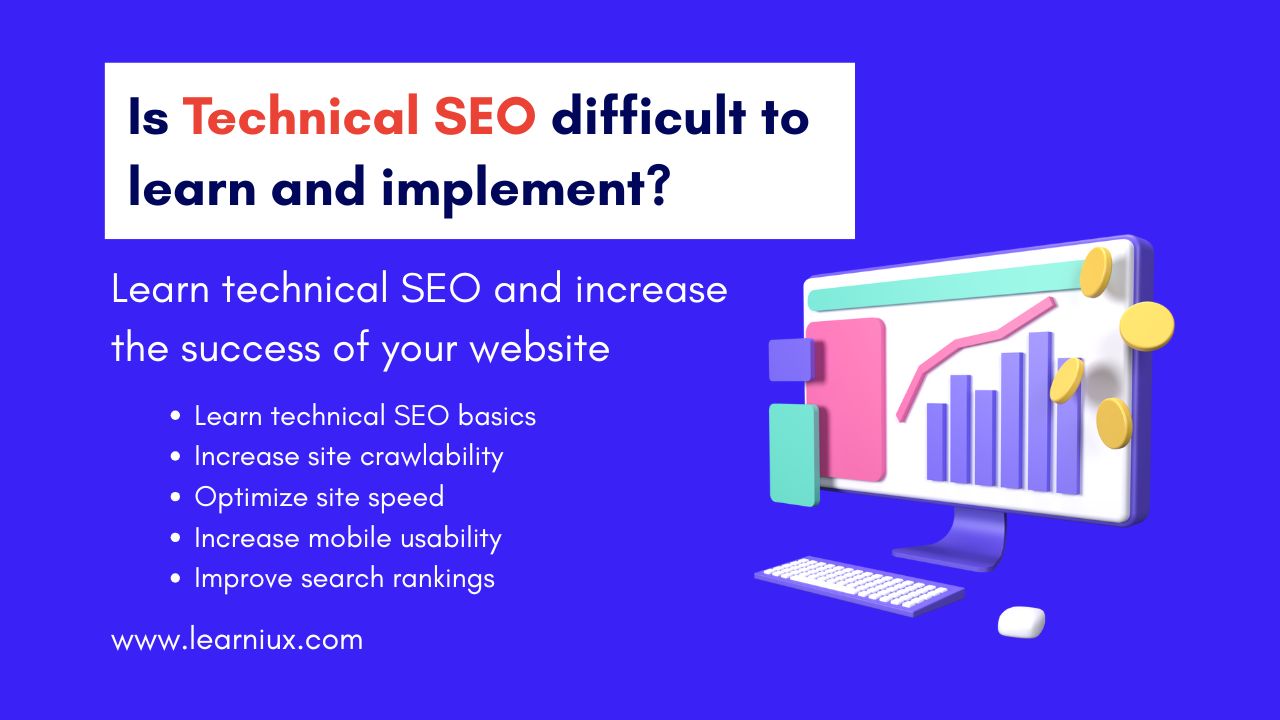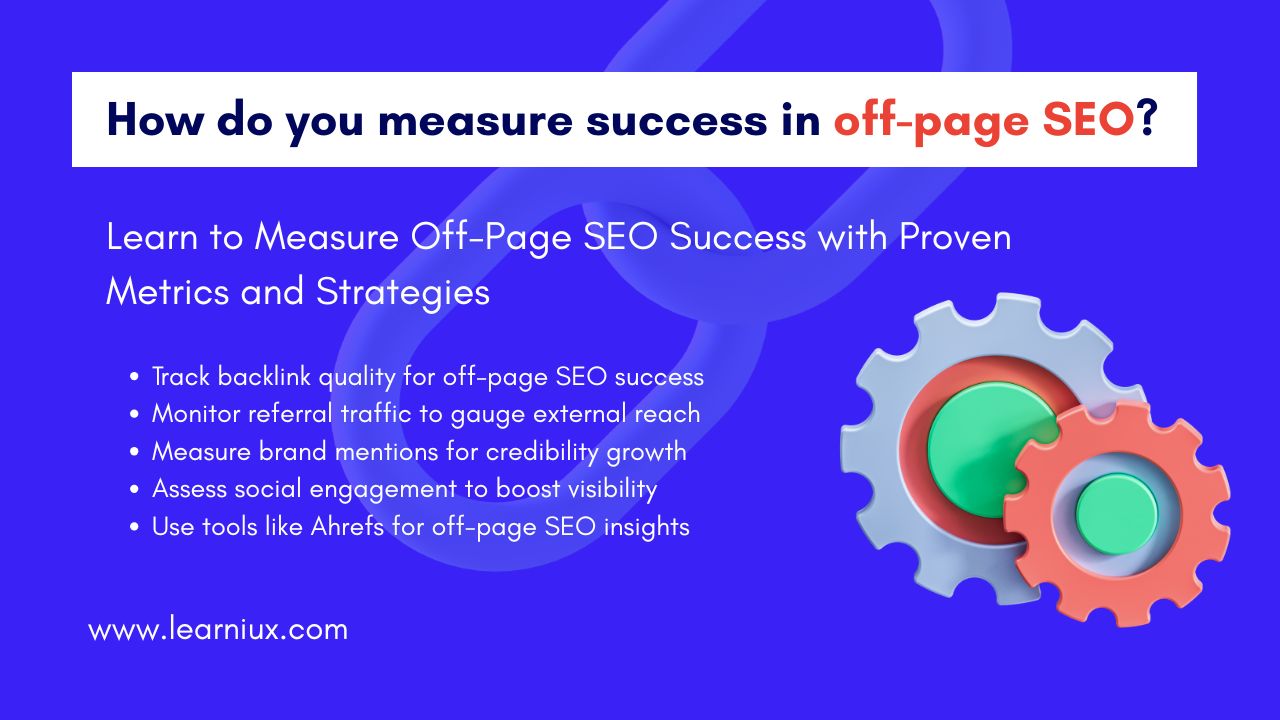In 2026, website performance has become the cornerstone of digital success. With technological advancements and rising user expectations, it is of utmost importance for businesses, developers, and marketers to have a fast website. A fast website not only enhances the user experience but also improves search engine rankings and conversion rates. This article takes an in-depth look at what defines a fast website in 2026, covers the latest updates from 2025 and 2026, and provides actionable insights for optimizing website speed, network speed testing website performance, and overall performance. By focusing on tools like Google Page Speed Insights, website speed test metrics, and modern optimization techniques, you can ensure that your site meets the high standards of 2026.
Why Website Performance Matters in 2026
Website performance directly impacts how users interact with your site. In 2026, users expect near-instant load times, seamless navigation, and responsive interactions. Poor website speed or unreliable network speed test website results can lead to high bounce rates, low engagement, and lost revenue. For example, according to recent studies, just one second of delay in page load time can reduce conversions by up to 7%. Furthermore, search engines like Google prioritize website performance in their algorithms, making it necessary to optimize for metrics like page speed, site speed test results, and overall web page performance test results.
Impact of Website Performance on User Experience
A fast website ensures that users can access content quickly, whether they’re browsing on a desktop or mobile device. In 2026, tools like Website Speed Test and Google Page Speed Insights help measure how well a site performs in the real world. Slow websites frustrate users, leading to abandoned carts or incomplete actions. By regularly using a website speed meter or performing website performance tests, you can identify bottlenecks and improve user satisfaction. For example, a site page speed test can reveal critical content rendering delays, allowing developers to quickly fix issues.
Website Performance and SEO Rankings
Search engines will be placing a lot of weight on website performance metrics in 2026, especially Google’s Core Web Vitals, which include Largest Contentful Page (LCP), Interaction to Next Page (INP), and Cumulative Layout Shift (CLS). A high score on the Google Page Speed Test or Google Website Speed Test is directly correlated to better rankings. Using tools like Google Page Speed Insights or Website Site Checker, you can generate a website speed report to ensure compliance with these metrics. Optimizing for page speed test results not only increases SEO but also increases visibility in search results by increasing organic traffic.
Key Metrics That Will Determine Website Performance in 2026
To determine a fast website in 2026, focus on core web vitals, which remain the gold standard for website performance testing metrics. Updated for 2026, these metrics provide a clear framework for assessing website speed and responsiveness. Tools like Google Page Speed Checker, Pingdom Website Speed Test, and other web speed testing platforms can help you effectively monitor these metrics.
Largest Contentful Page as a Website Performance Indicator
Largest Contentful Page (LCP) measures the time it takes for a page’s main content to load. In 2026, Google Page Speed Insights shows that a good LCP score is less than 2 seconds. This requires optimizing server response times, reducing render-blocking resources, and taking advantage of modern image formats. Running a website speed test or Google Web Speed Test can help you track LCP performance and ensure that your site meets the 2026 standards.
Interaction to Next Paint for Interactive Website Performance
Interaction to Next Paint (INP) measures how quickly a website responds to user input, such as clicks or taps. In 2026, an INP score of less than 200 milliseconds is considered optimal for website performance. Tools like Google Site Speed Test or Website Site Speed Test can measure INP, which helps developers identify delays in JavaScript execution or heavy processing tasks. By optimizing code and reducing main-thread work, you can improve this important aspect of website performance test results.
Cumulative Layout Shifts and Stable Website Performance
Cumulative Layout Shifts (CLS) assesses visual stability by measuring unexpected layout shifts during page loading. A CLS score of less than 0.1 is ideal for 2026, providing users with a smooth and stable interface experience. Use a website checker or site performance test to monitor CLS and fix issues like unoptimized images or dynamic content loading. Stable website performance increases user trust and engagement.
Factors Affecting Website Performance in 2026
A number of technical and design factors affect website speed and performance. Understanding these factors is essential to achieving high-level results in website speed testing or network speed testing website evaluation.
Hosting and Server Response Time in Website Performance
High-quality hosting is fundamental to website performance in 2026. Fast server response times, below 200 milliseconds, reduce latency and improve page speed test results. Choose a hosting provider with a robust infrastructure and global data centers. Tools like Google Page Speed Analysis or Website Speed Meter can highlight server-related delays, allowing you to switch to a better provider if necessary.
Image Optimization Techniques for Better Website Performance
The largest portion of a webpage’s data is in images. In 2026, use modern formats like WebP or AVI, which offer excellent compression without sacrificing quality. Tools like Pingdom PageSpeed Test or Google Web Page Speed Insights can identify unoptimized images. Lazy loading and responsive images speed up a website, ensuring fast load times on all devices.
Code efficiency and its role in website performance
Clean, efficient code is crucial for website performance. Minify CSS, JavaScript, and HTML to reduce file size and remove unused code to make rendering easier. Website testing sites or Google Page Speed Checker can reveal code-related bottlenecks. In 2026, adopting modern frameworks and asynchronous loading techniques could significantly improve page performance test results.
Tools to Measure Website Performance in 2026
Reliable tools are essential for monitoring website performance that provide actionable insights. In 2026, several platforms stand out for their accuracy and ease of use in web speed testing and site performance test scenarios.
Google Page Speed Insights for Website Performance Analysis
Google Page Speed Insights remains a great tool for assessing website speed in 2026. It provides detailed reports on core web vitals, server response times, and optimization opportunities. By running a Google Website Speed Test or Google Page Speed Test, you can generate a comprehensive website speed report to guide improvements. The tool’s recommendations are designed to meet the 2026 performance standards.
Lighthouse Audit and Website Performance Metrics
Lighthouse, integrated into Chrome DevTools, offers in-depth audits for website performance, accessibility, and SEO. It evaluates metrics like LCP, INP, and CLS, providing a clear picture of your site’s health. Use Lighthouse to test your site’s page speed or check website performance, ensuring alignment with the 2026 benchmark.
Pingdom and other website checkers
Pingdom website speed tests provide real-time insights into page load times and resource usage. By running the Pingdom pagespeed test or using the website site checker, you can identify specific factors that are slowing down your site. Other tools, such as GTmetrix or online website analytics platforms, complement Pingdom for comprehensive website speed testing.
Tips to Improve Website Performance in 2026
To get a faster website in 2026, implement these best practices validated by website speed test results and industry trends from 2025 and 2026.
Adopt Content Delivery Networks to boost website performance
Content Delivery Networks (CDNs) deliver content to global servers, reducing latency and improving website site speed. In 2026, CDNs are essential to providing a fast experience to users around the world. Tools like Google Site Speed Checker can verify CDN performance, ensuring optimal website speed meter results.
Leverage Browser Caching to Boost Website Performance
Browser caching stores static resources locally, speeding up repeat visits. Configure caching policies to increase performance as measured by a test website speed test or Google Page Speed Analysis. Proper caching reduces server load and boosts website speed check results in 2026.
Prioritize mobile optimization in website performance strategies
With mobile traffic dominating the landscape in 2026, mobile-first design is non-negotiable. Optimize images, minimize JavaScript, and use responsive layouts to improve mobile website performance test results. Tools like Google Webpage Speed Test or Internet Site Speed Test can highlight mobile-specific issues, leading to a faster experience across all devices.
Future Trends in Website Performance in 2026 and Beyond
Emerging technologies and user expectations will continue to shape website performance standards in 2026 and beyond. Active adaptation to new tools and techniques is essential to stay ahead.
AI Tools Shaping Website Performance
AI-powered optimization tools are revolutionizing website speed in 2026. These tools automatically compress assets, optimize code, and predict user behavior to enhance page performance test results. Integrating AI with websites for speed tests or Google Page Speed Insights can simplify maintenance and improve website performance test results.
Emerging Technologies Impacting Website Performance
Advancements like 5G, HTTP/3, and next-generation browsers will redefine website speed in 2026. These technologies reduce latency and improve data transfer rates, as measured by Google Sites or Internet Site Checker. Staying up-to-date ensures that your site remains competitive in web page performance assessments.
Case Studies of Faster Websites in 2026
Real-world examples show how top sites have achieved superior website performance. For example, leading e-commerce platforms use CDN and image optimization to score high in Google Website Page Speed Test results. By analyzing these sites with Website Checking Site or Google Site Speed Report, you can apply similar strategies to your own projects.
Example 1 Ecommerce Platform Optimization
A major retailer reduced LCP to 1.8 seconds in 2026 by implementing WebP images and a CDN. Their Google Page Speed Checker score improved by 20%, which increased conversions. Regular site speed test monitoring ensured consistent performance.
Example 2 News Website Speed Improvement
A global news site that optimized JavaScript and leveraged browser caching achieved INPs of less than 150 milliseconds. Their website speed report generated by Google Web Speed Test showed a 15% increase in user retention.
Common Mistakes to Avoid in Website Performance Optimization
Avoid common pitfalls to maintain high website performance in 2026. Overloading pages with heavy scripts, neglecting mobile optimization, or ignoring website speed test results can hurt performance. Check your website speed regularly with Google or use a speed checking website to stay on track.
Conclusion
In 2026, a fast website is defined by low LCP, INP and CLS scores, optimized code and robust hosting. Tools like Google Page Speed Insights, Pingdom Website Speed Test and Lighthouse Audit provide important insights to monitor and improve website performance. By adopting a CDN, optimizing images and prioritizing mobile design, you can meet the 2026 standards and exceed user expectations. Regular website speed testing, including Network Speed Test Website Inspection and Google Site Speed Tests, ensures that your site remains competitive. Be proactive, take advantage of emerging technologies and monitor your website consistently to achieve top-level website performance in 2026.
FAQs
What is the definition of a fast website in 2026?
Fast websites in 2026 are characterized by fast load times, seamless interactions, and visual consistency, as measured by Core Web Vitals. Key metrics like Largest Contentful Paint (LCP) should be less than 2 seconds, Interaction to Next Paint (INP) less than 200 milliseconds, and Cumulative Layout Shift (CLS) less than 0.1. These standards ensure optimal website performance. Tools like Google Page Speed Insights and Website Speed Test Platform help assess these metrics. Fast hosting, optimized images, and efficient code are crucial to achieving these benchmarks. In 2026, mobile optimization cannot be compromised due to the dominance of mobile traffic. Regular monitoring with a website speed meter ensures consistent performance. User expectations for instant access increase the need for speed. It is essential to stay up to date with 2026 trends like AI-driven optimization. A fast website enhances user experience and boosts SEO rankings.
Why is website performance important in 2026?
Website performance in 2026 has a direct impact on user satisfaction, engagement, and conversion rates. Slow websites lead to higher bounce rates, with users abandoning sites that take more than 2 seconds to load. Search engines like Google prioritize fast sites, using metrics like page speed test results to determine rankings. Poor performance can lead to a decrease in organic traffic and hurt business results. Tools like Google Site Speed Test and Website Site Checker help identify bottlenecks. In 2026, mobile users expect instant responses, making optimization crucial. Fast websites also reduce server costs by reducing resource demands. AI tools and 5G technology further raise performance expectations. Consistent monitoring with website performance testing ensures competitiveness. Overall, website performance drives success in the digital landscape.
How can I measure website speed in 2026?
In 2026, measuring website speed involves using tools like Google Page Speed Insights, Lighthouse, and Pingdom Website Speed Test. These platforms evaluate core web vitals using tools like LCP, INP, and CLS, which provide a website speed report. Google Page Speed Checker provides detailed insights into load times and optimization opportunities. Lighthouse Audit, integrated into Chrome DevTools, provides a comprehensive assessment of website performance test metrics. Pingdom PageSpeed Test identifies specific resource delays. Regular web speed testing ensures alignment with 2026 standards. Mobile performance is important, so use a site page speed test for device-specific results. Other tools like GTmetrix or Website Site Speed Test complement these efforts. It is important to monitor trends and update policies based on test website speed test results. Consistent checks maintain optimal website performance.
What are the best tools for website speed testing in 2026?
In 2026, the top tools for website speed testing include Google Page Speed Insights, Lighthouse, and Pingdom. Google Page Speed Insights provides detailed website speed reports focusing on core web vitals like LCP and INP. Lighthouse, available in Chrome DevTools, provides a comprehensive audit of page performance test metrics. Pingdom website speed tests analyze load times and resource usage, identifying bottlenecks. GTmetrix and other website checkers complement these tools for deeper insights. For mobile optimization, use Google Site Speed Checker to assess device-specific performance. These tools align with 2026 standards, which provides accurate website performance testing results. Regular use of a website speed meter helps track improvements. Combining multiple tools provides a holistic view of website performance. It’s important to stay up-to-date with tool enhancements for 2026.
How does mobile optimization affect website performance in 2026?
Mobile optimization is critical for website performance in 2026, as mobile traffic dominates global internet usage. A fast mobile site requires low LCP and INP scores, which can be achieved through responsive design and optimized assets. Tools like Google Webpage Speed Test highlight mobile-specific issues. Unoptimized images or heavy scripts can slow down mobile page speed test results. Lazy loading and modern image formats like WebP improve website speed on devices. Mobile-first indexing by search engines emphasizes the need for fast mobile performance. Website speed tests can reveal delays in mobile rendering. In 2026, 5G will raise mobile expectations, making optimization crucial. Regular testing with website speed tests ensures consistent performance. Prioritizing mobile users increases engagement and SEO rankings.
What role will CDNs play in website performance in 2026?
Content Delivery Networks (CDNs) are essential for website performance in 2026, reducing latency and speeding up content delivery. CDNs distribute assets across global servers, ensuring faster load times for users around the world. This improves website speed test results, especially for LCP. Tools like Google Site Speed Checker verify CDN effectiveness. CDNs also reduce server load, boosting website performance test results. In 2026, global audiences demand instant access, making CDNs critical. They support mobile optimization by delivering content efficiently across devices. Regular monitoring with website speed reports ensures CDN performance. Combining CDNs with AI tools can further optimize delivery in 2026. Overall, CDNs are the cornerstone of fast website performance.
How can image optimization improve website speed in 2026?
Image optimization significantly increases website speed in 2026 by reducing file size without compromising quality. Using modern formats like WebP or AVIF reduces data usage, improving page speed test results. Tools like Google Page Speed Insights identify unoptimized images that are impacting website performance. Lazy loading ensures that images are loaded only when needed, boosting site page speed test results. Responsive images adapt to device screens, supporting mobile website speed test results. In 2026, large images are a common problem, which can be detected with a website speed meter. Compressing images and removing metadata further streamlines performance. Regular checks with Website Checker ensure consistent optimization. AI-powered tools can automate image compression in 2026. Optimized images are the key to a fast, user-friendly website.
What are the common mistakes to avoid for website performance in 2026?
Common mistakes in 2026 include ignoring mobile optimization, using unoptimized images, and ignoring website speed test results. Heavy JavaScript or CSS files slow down page performance test metrics like INP. Failure to use a CDN increases latency, which affects Google Page Speed Test scores. Not taking advantage of browser caching reduces website performance test results for returning users. Overloading pages with unnecessary plugins harms website site speed. Ignoring core web vitals that can be measured by Google Site Speed Checker leads to lower SEO rankings. In 2026, outdated hosting solutions cause server delays, which can be detected by website speed reports. Ignoring regular web speed tests leads to serious problems. Using a website checking site helps to avoid this damage. Proactive optimization ensures the best website performance.
How does AI impact website performance in 2026?
In 2026, AI will revolutionize website performance by automating optimization tasks. AI tools analyze website speed test data to recommend improvements in real time. They optimize images, minify code, and predict user behavior to improve page speed test results. Tools like Google Page Speed Insights integrate AI for accurate website performance test insights. AI-powered CDNs improve content delivery, increasing website speed meter scores. In 2026, AI will enhance mobile optimization by dynamically optimizing assets. Regular monitoring with testing website speed tests ensures AI effectiveness. AI also reduces manual maintenance, streamlining website performance tests. Staying up to date with AI advancements is crucial for 2026. These tools will run faster and more efficient websites.
What future trends will impact website performance in 2026?
In 2026, trends like 5G, HTTP/3, and AI-powered tools will redefine website performance. 5G reduces latency, improving website speed test results globally. HTTP/3 increases data transfer, boosting Google Page Speed Test scores. AI automates optimization as seen in website performance test reports. Next-generation browsers demand faster rendering, as measured by site page speed tests. Edge computing supports low-latency delivery, boosting website speed meter results. In 2026, voice search and IoT devices will increase the need for mobile optimization. Tools like Google Site Speed Checker track this trend. Regular website analysis ensures alignment with online 2026 standards. Adapting to this technology maintains competitive website performance.
How will server response time affect website performance in 2026?
Server response time is a key factor for website performance in 2026, as it determines how quickly a site starts loading. A response time of less than 200 milliseconds is ideal, measured by tools like Google Page Speed Insights or Website Speed Test. Slow servers increase the Largest Contentful Paint (LCP), which negatively impacts user experience and SEO rankings. High-quality hosting with global data centers ensures fast responses, improving website speed report results. In 2026, 5G and edge computing will increase expectations for instant server responses. Regular monitoring with Website Checker identifies latency. Server configuration optimization and reducing database queries increase performance. Tools like Google Site Speed Test help track improvements. Fast server responses are fundamental to a fast website in 2026. Consistent checks ensure website performance test results.
Why is browser caching important for website speed in 2026?
Browser caching significantly increases website speed by storing static resources like images and scripts locally on users’ devices. This reduces load times for returning visitors, improving page speed test results. Proper caching policies, which can be verified with Google Page Speed Checker, reduce server requests. In 2026, caching is crucial for mobile users with varying network conditions. Tools like Pingdom Website Speed Test highlight caching inefficiencies. Incorrect cache settings can lead to stale content, so balance is important. Website performance tests ensure that caching enhances the user experience without issues. Caching also reduces server load, improving website site speed. Regular checks with a website speed meter maintain optimal performance. Leveraging caching is essential for a faster website in 2026.
How can I optimize JavaScript for better website performance in 2026?
In 2026, optimizing JavaScript is critical for website performance, as heavy scripts increase interaction with Next Paint (INP). As identified by Google Page Speed Insights, minify and defer non-critical JavaScript to reduce render-blocking. Asynchronous loading ensures faster page rendering, improving website speed test results. In 2026, modern frameworks like React or Vue.js simplify JavaScript implementation. Tools like Lighthouse or Website Site Checker identify inefficient scripts. Removing unused code increases website performance test results. Regular testing with Google Web Speed Test ensures that scripts do not degrade performance. Mobile optimization requires lightweight JavaScript for fast site page speed test results. AI tools can automate script optimization in 2026. Efficient JavaScript is the key to a responsive website.
What is the role of Core Web Vitals in website performance in 2026?
Core Web Vitals, including LCP, INP, and CLS, are the backbone of website performance metrics in 2026. They measure loading speed, interactivity, and visual consistency, respectively, which impact user experience and SEO. According to Google Site Speed Checker, a good LCP is less than 2 seconds, INP is less than 200 milliseconds, and CLS is less than 0.1. These metrics are assessed using tools like Google Page Speed Insights or Website Speed Test. In 2026, search engines prioritize sites that meet these benchmarks, which leads to increased rankings. Regular web speed testing ensures compliance with updated standards. Mobile performance relies heavily on Core Web Vitals for fast website speed report results. Ignoring these metrics risks skewing website speed test results. Boosting Competitive Performance in 2026. Core Web Vitals Define Fast Websites.
How Will 5G Technology Impact Website Performance in 2026?
In 2026, 5G technology will revolutionize website performance by reducing latency and increasing data transfer speeds. Faster network speeds improve website speed test results, especially for mobile users. Tools like Google Webpage Speed Test show improved LCP and INP scores on 5G networks. However, 5G increases user expectations for faster loading times, which requires strong optimization. CDNs and edge computing complement 5G to increase website speed. Network speed tests can verify the impact of 5G on website performance. Sites that are not optimized can still lag, which can be detected by website performance tests. Regular monitoring with a website speed meter ensures that 5G benefits are maximized. In 2026, adapting to 5G is crucial for competitive testing web performance results. It runs faster and more reliable websites.
Why should I prioritize mobile-first design in 2026?
Mobile-first design is essential in 2026 because mobile traffic is dominating desktop usage worldwide. Fast mobile sites require optimized images, lightweight code, and responsive layouts, as tested by the Google Site Speed Test. Poor mobile performance increases bounce rates, which impacts SEO and conversions. Tools like Google Page Speed Insights highlight mobile-specific issues in website speed reports. In 2026, mobile-first indexing by search engines will prioritize mobile website performance test results. 5G will increase mobile expectations, making optimization crucial. Site page speed tests ensure fast rendering on devices. Regularly checking websites for speed tests maintains performance. Mobile-first design increases engagement and rankings. This is a non-negotiable strategy for 2026 websites.
How can I effectively use Google Page Speed Insights in 2026?
Google Page Speed Insights is a powerful tool for optimizing website performance in 2026. It assesses core web vitals, providing a detailed website speed report with actionable recommendations. Focus on improving LCP, INP, and CLS scores to meet 2026 standards. The tool highlights issues like unoptimized images or slow server responses, which affect page speed test results. Run regular Google website speed tests to track progress. Mobile and desktop reports ensure comprehensive optimization. Combine the suggestions with other tools like Pingdom PageSpeed Test for deeper insights. In 2026, AI improvements in Google Page Speed Insights improve accuracy. Consistent use of Website Site Checker ensures sustainable performance. This is a must-have for a fast website in 2026.
What are the benefits of regular website speed testing in 2026?
Regular website speed testing in 2026 ensures consistent performance and user satisfaction. Tools like Google Page Speed Checker and Pingdom website speed tests identify bottlenecks like slow LCP or high INP. Testing reveals mobile performance issues, which are important for the mobile-first landscape of 2026. Website speed reports track improvements over time in line with SEO requirements. Frequent checks with a website speed meter can help prevent unexpected slowdowns. In 2026, user expectations demand fast loading times. Testing also optimizes resource usage, which reduces costs. Tools like Google Site Speed Test ensure adherence to core web vitals. Regular web speed testing maintains competitive rankings. This is essential for fast, reliable websites in 2026.
How does HTTP/3 improve website performance in 2026?
HTTP/3, which was widely adopted in 2026, increases website performance by improving data transfer efficiency. It reduces latency through the QUIC protocol, boosting website speed test results. Faster connections improve LCP and INP as measured by Google Page Speed Insights. HTTP/3 handles network congestion better, ensuring consistent website speeds. Tools like Website Performance Test can help you gauge its impact on load times. In 2026, HTTP/3 effectively supports mobile users on 5G networks. Regular testing with Google Web Speed Test ensures consistency. It also enhances security to complement website performance test results. Adopting HTTP/3 is critical for competitive performance. It will make for faster, more reliable websites in 2026.
How can I effectively monitor website performance in 2026?
Effectively monitoring website performance in 2026 means using tools like Google Page Speed Insights, Lighthouse, and Pingdom. Schedule regular website speed tests to track core web vitals like LCP, INP, and CLS. Website Speed Reports provide insight into trends and issues. Real-time monitoring with Website Speed Meter detects sudden drops in performance. Use Google Site Speed Checker for mobile and desktop assessments. In 2026, AI-powered tools automate monitoring, flagging issues immediately. Integrate multiple platforms for comprehensive website analysis online. Regular inspections ensure alignment with 2026 standards. Monitoring maintains SEO rankings and user satisfaction. This is critical to maintaining a fast website in 2026.





















